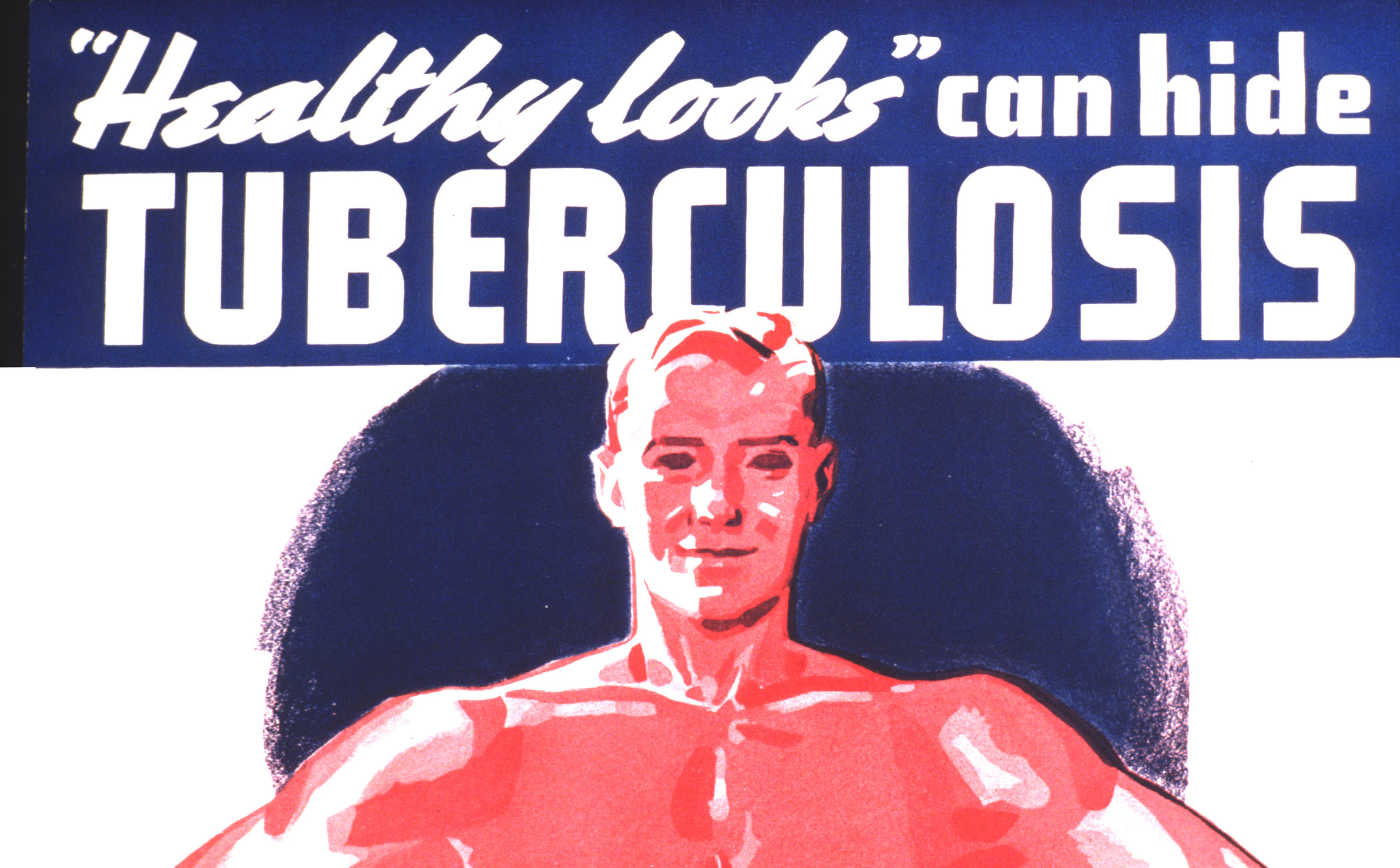
IT is an ancient illness that many believed – and doctors hoped – had been consigned to the past.
Tuberculosis – previously known as consumption – has claimed a billion lives in the past 200 years – that’s more than the Black Death, leprosy or HIV.
And it is back.
Deaths from TB in Scotland have reached the highest level in nearly two decades.
A new report has also warned that resistance to first-choice drugs used to treat the disease almost doubled in 2017.
Experts say that while the overall number of tuberculosis cases is dropping in Scotland, the infection is becoming increasingly complex to treat.
The report published by Health Protection Scotland (HPS) shows a total of 288 cases were reported in 2017, a drop of 3% compared to the previous year.
But there were 34 deaths in 2016 – a rate of 12.6% – the highest since monitoring began in 2000.
Dr Kevin Pollock, lead healthcare scientist at HPS, said: “We have had a decrease in cases since 2010, getting to under 300 cases a year.
“But we have an increasing complexity in terms of how we are having to treat the cases.
“It is a rare disease but it is a serious disease – so if people develop it they have probably forgotten what TB does.”
The symptoms of TB can include coughing that lasts three or more weeks, coughing up blood, chest pain, weight loss, fatigue, fever and night sweats.
People can be infected with the bacteria without showing any symptoms – known as latent TB – but become sick later when the bacteria multiplies and become active.
Dr Pollock said the majority of the 34 deaths in 2016 were among men in their 60s who were UK-born and suffering from other diseases.
He added: “It may have been undiagnosed disease for a long period of time, so by the time they arrive with active TB at A&E they are pretty seriously unwell.”
Just over 56% of cases were diagnosed among those born outwith the UK – a decrease compared to the previous year’s figure of 62.2%.
Pakistan and India were the most common places of birth, followed by Eritrea and Poland.
More than a third of cases were from patients in the most deprived areas of Scotland.
For the past 18 months a working group has been examining how to treat difficult cases – for example, patients with “chaotic lifestyles” through drug or alcohol misuse or homelessness.
The report noted drug resistance to the first treatments used for TB increased from 6% to 11% in 2017.
Dr Pollock said: “There are four standard antibiotics you would use to treat someone with active TB.
“We have started to see emerging resistance against one antibiotic in particular.
“There are other antibiotics we can use to treat these cases, but we do get one or two which are described as multi-drug resistant.
“There is not a huge number, but it is an indication of where things are going.”
But he added: “There is a new antibiotic which has just come out that has been approved for drug-resistant TB, so there is hope on the horizon with drug-resistant cases.
“There is also a vaccine being trialled at the moment which looks about 54% effective in stopping latent TB from developing into active TB.
“There is the possibility of using a vaccination in the future to get a grip on TB, but we are a low-incidence country.
“Although we have low and decreasing incidence, we have still got quite a bit of work to do to try to get to a point of reasonable elimination.”
Last month porters at Aberdeen Royal Infirmary were screened for TB after it emerged one of their colleagues had been diagnosed with the disease.
A spokeswoman for NHS Grampian said details of the case could not be given out due to patient confidentiality.
Jill Adams, specialist services manager at Chest Heart & Stroke Scotland, said: “Our charity was initially established 120 years ago to tackle TB, which was Scotland’s biggest killer at the time.
“Work needs to continue to ensure that people are receiving the support that they need.”

Enjoy the convenience of having The Sunday Post delivered as a digital ePaper straight to your smartphone, tablet or computer.
Subscribe for only £5.49 a month and enjoy all the benefits of the printed paper as a digital replica.
Subscribe